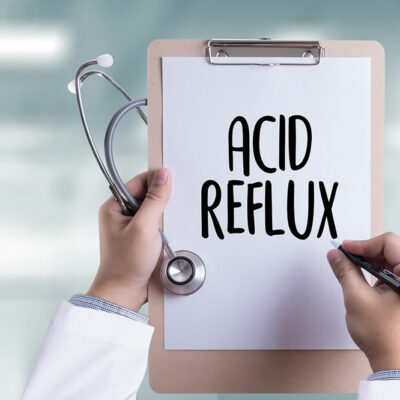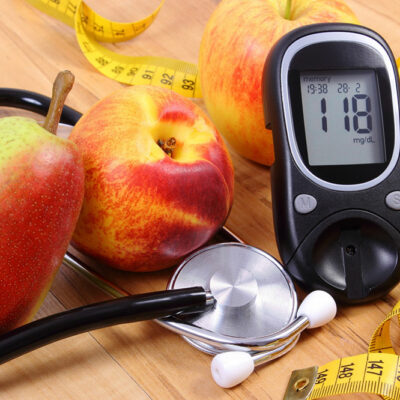
Health Conditions
Risks and Warning Signs of Prostate Cancer
Prostate cancer is a kind of cancer that originates in the prostate gland. The prostate gland is a small-sized gland that has a walnut-like shape and is found in males. It is responsible for producing the seminal fluid that facilitates the transportation and nourishment of the sperm. Here, we will cover the risk factors and the early warning signs and symptoms of prostate cancer. Who is at risk of suffering from prostate cancer? People who belong to an older age group An individual whose family has had a long-standing history of suffering from prostate cancer People who do not keep their weight in check and suffer from obesity Genetic changes in the body Early warning signs of prostate cancer Feeling a burning sensation or a sharp pain while urinating Facing difficulty in passing urine Feeling the urge to urinate multiple times in the night Losing control over the bladder function Decrease in the rate at which urine flows Presence of blood in the urine and semen Symptoms of erectile dysfunction Key symptoms of prostate cancer Urinary problems One of the most common symptoms of prostate cancer is urinary problems. The reason behind this is that the prostate gland is found below the bladder and it is closer to the urethra.
Read More 















